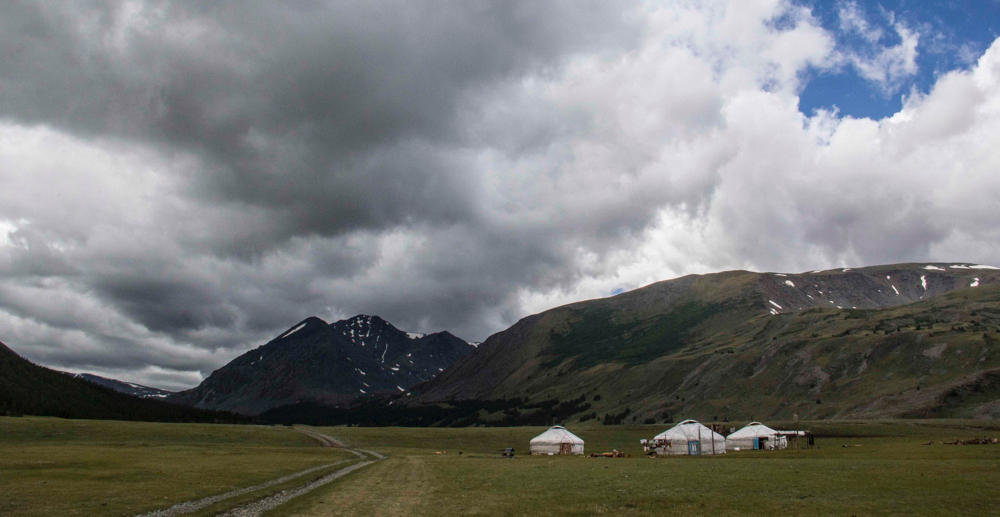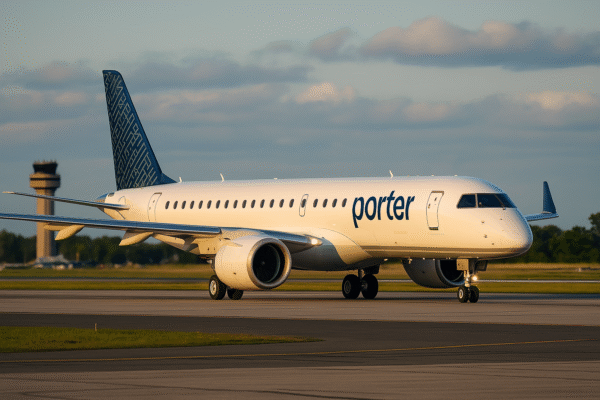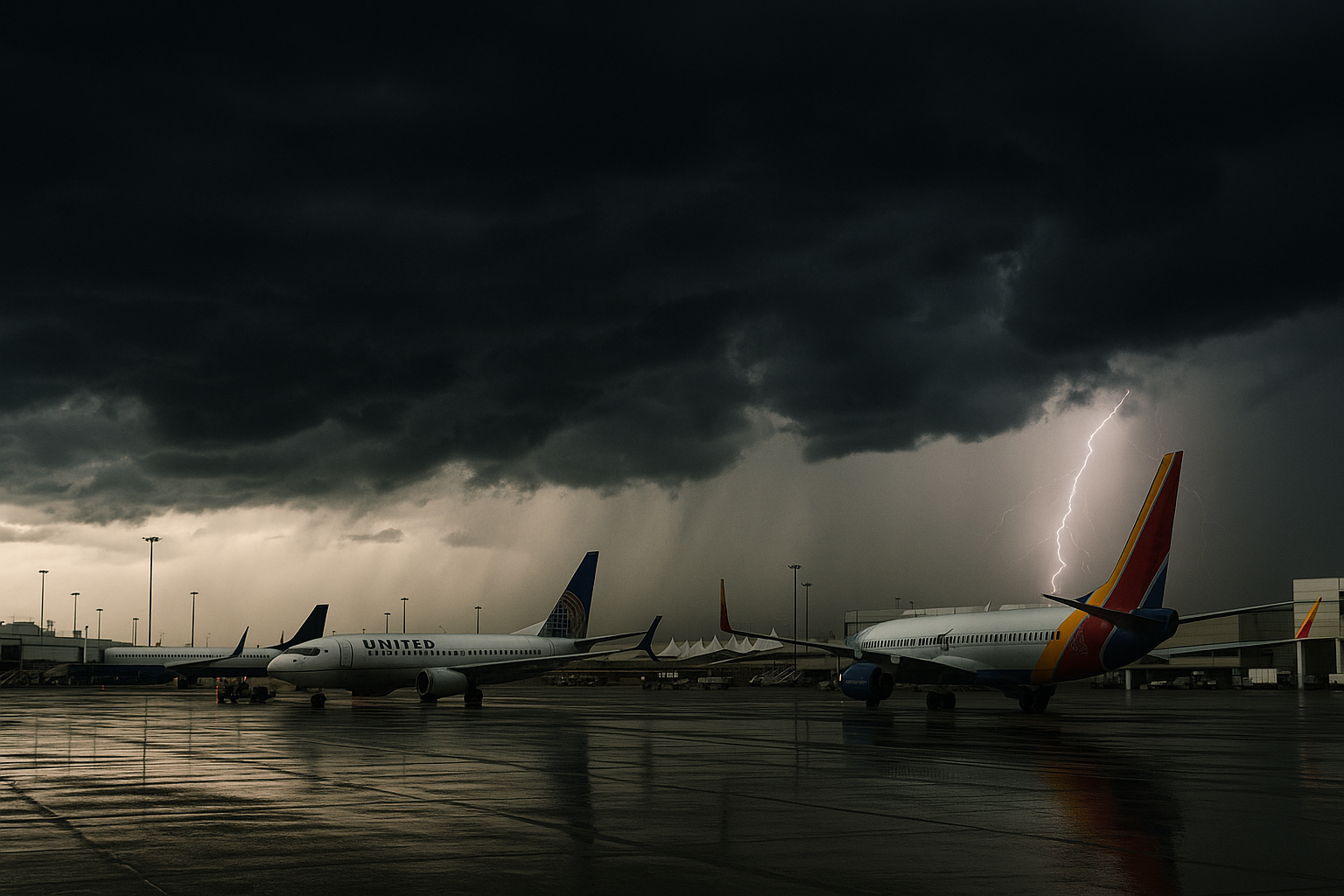Denver Airport Disruption: Over 1,000 Flights Affected as Severe Thunderstorms Strike on July 10
Travellers at Denver International Airport (DIA) were met with major disruption on Thursday, July 10, 2025, as severe thunderstorms swept across the Denver metropolitan area, triggering more than 1,000 flight delays and cancellations. Strong winds, torrential rain, and lightning paralyzed air traffic and grounded aircraft, marking one of the most impactful weather-related events at the airport this year.
The incident underscores how fast-changing summer weather in Colorado can wreak havoc on aviation, impacting not only local passengers but causing ripple effects across the entire U.S. air traffic network.
A Storm of Delays: How It Unfolded at DIA
According to FlightAware, a real-time flight tracking platform, by Thursday afternoon, over 1,000 flights at DIA had been affected, with 112 cancellations and hundreds more facing prolonged delays. The storm delivered wind gusts reaching 60 mph, accompanied by frequent lightning, prompting the Federal Aviation Administration (FAA) to impose a ground stop at Denver Airport.
The result: a complete halt to incoming and outgoing flights as airport crews waited for conditions to improve. This forced thousands of passengers to remain stranded in terminals or scramble for alternative travel arrangements.
Airlines Hardest Hit: Southwest and United Experience Major Disruptions
Among the carriers most affected were Southwest Airlines, which recorded 369 delayed flights and 26 cancellations, and United Airlines, with 327 delays and 9 cancellations. Regional airline SkyWest also saw a major operational impact, reporting 200 delays and 21 cancellations.
The storm’s intensity and unpredictability meant crews were often unable to manage gate logistics, and incoming flights were held on the tarmac for extended periods. Check-in areas, boarding gates, and customer service desks became overcrowded, with passenger frustration mounting as wait times stretched into the night.
FAA Ground Stop Ripples Across the U.S.
The FAA’s decision to halt flights into and out of DIA had a knock-on effect at several other major U.S. airports. Travelers en route to New York JFK, Washington Reagan National, and Boston Logan experienced delays of up to two hours, as east coast airports adjusted to DIA’s operational freeze.
Air traffic control centers across the country were forced to reorganize flight sequencing and reroute traffic to minimize gridlock in already congested airspace. The event demonstrated the interconnected nature of U.S. aviation and the far-reaching consequences of localized weather events.
What Made This Storm So Severe?
The National Weather Service confirmed that the storm system developed along the Colorado Front Range and quickly moved eastward, sweeping through Denver International Airport by mid-afternoon. The most dangerous element of the system was not the lightning—but the 60 mph winds.
Such high winds can compromise aircraft stability during takeoff and landing and pose risks for ground crews. Operations were temporarily suspended as airport safety teams waited for wind speeds to subside.
These types of storms are not uncommon in Colorado’s summer months, but their intensity varies. The July 10 storm was particularly impactful due to its rapid onset and widespread reach.
Passenger Experience: Confusion, Cancellations, and Long Waits
As the storm lingered over the Denver metro area, travelers inside the terminals faced long lines, limited seating, and unanswered questions. For many, the uncertainty was the most frustrating part—not knowing when flights would resume or if they’d need to rebook altogether.
Some passengers reported spending the night at the airport, while others rented cars or sought rail or bus alternatives. Hotels near the airport quickly filled, further complicating overnight travel arrangements.
Social media was flooded with posts from stranded passengers sharing images of packed terminals, delayed flight boards, and updates from airline apps.
What DIA and Travelers Can Do Moving Forward
Denver International Airport released a public advisory encouraging future travelers to take extra precautions during the storm season, especially during the July–August period, when such weather events are more common.
DIA Traveler Tips During Summer Storm Season:
- Check Flight Status Frequently – Use airline apps or FlightAware for real-time updates.
- Arrive Early – Especially when weather is expected; 2–3 hours before departure is recommended.
- Stay Flexible – Be prepared for rebookings or alternate travel routes.
- Consider Travel Insurance – Protection for delays and cancellations can make a major difference.
- Pack Essentials in Carry-On – Medications, chargers, and snacks help in the event of an extended stay at the terminal.
National Implications: Climate and Aviation Don’t Mix Easily
This latest storm at DIA raises broader questions about the impact of climate change on aviation infrastructure. Meteorologists point to a rising frequency of high-impact weather events, from thunderstorms to wildfires, which are increasingly disrupting travel schedules, especially at airports located in geographically exposed regions like Colorado.
The aviation sector is being urged to invest in resilient infrastructure, improved weather forecasting tools, and operational readiness to prepare for what many experts say will be a “new normal” of frequent, climate-related disruptions.
Conclusion: Denver’s July 10 Storm Is a Cautionary Tale
The events of July 10, 2025, at Denver International Airport offer a stark reminder of the challenges posed by severe weather during the busy summer travel season. With over 1,000 flights impacted, thousands of travelers were forced to change plans, endure long waits, or face cancellations.
As Colorado’s largest airport continues to serve as a key hub for domestic and international travel, both airport authorities and passengers will need to plan ahead, monitor weather patterns closely, and stay informed.
For now, the skies over Denver have cleared, but the lesson remains: when it comes to summer travel in Colorado, always prepare for the unexpected.
For more travel news like this, keep reading Global Travel Wire



















